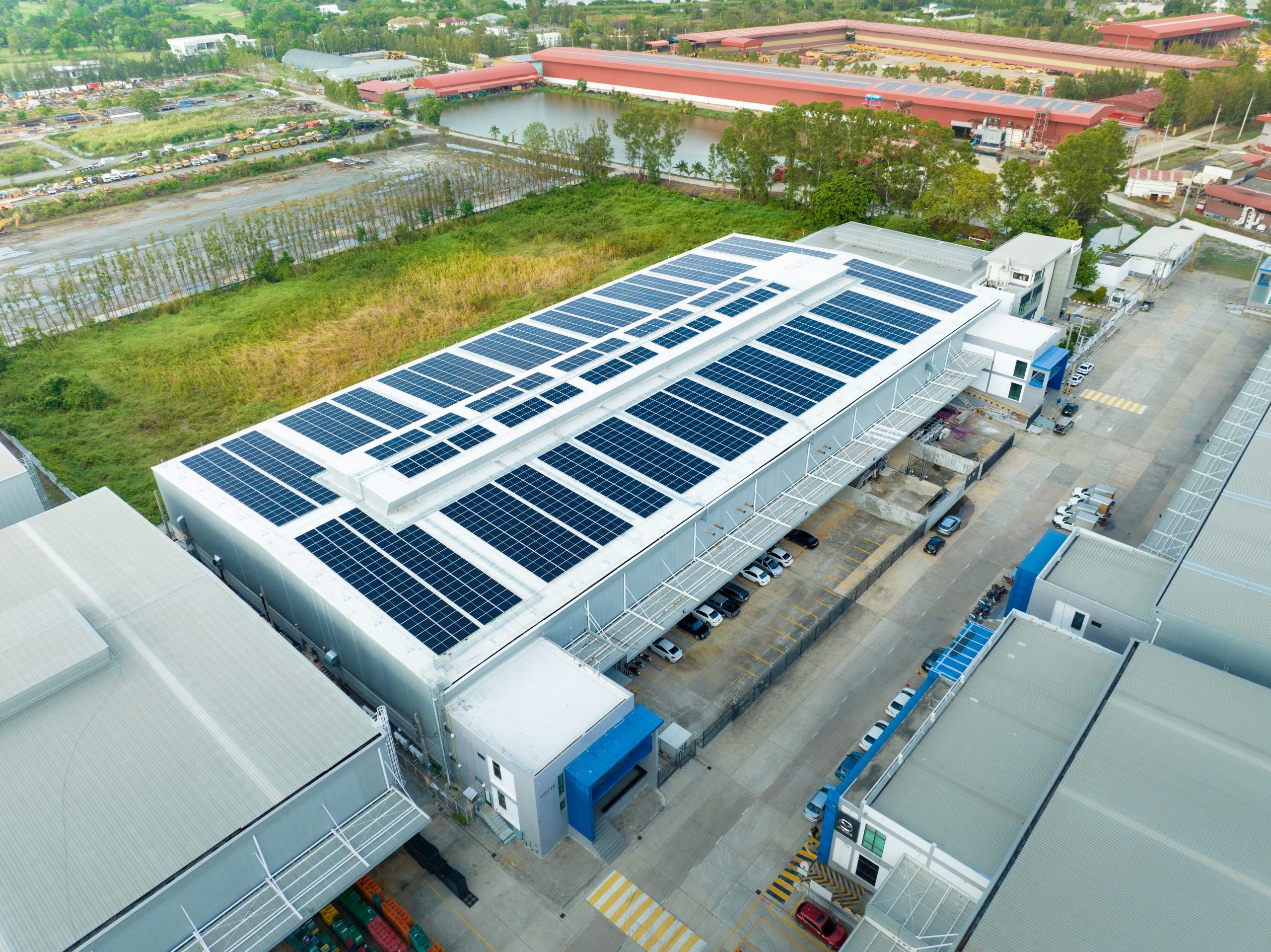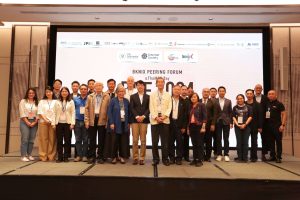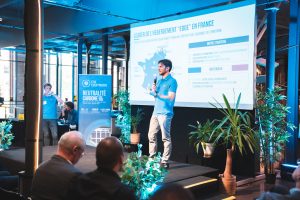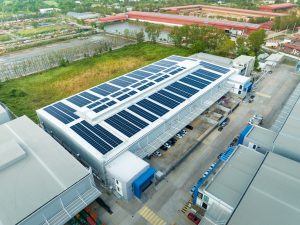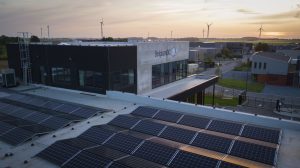As French summers are marked by heatwaves from the Sahara and increasingly frequent heatwaves, datacenters play a crucial role in ensuring data storage and processing. As you read this article, you are connected to a data center housing platforms like LinkedIn, enabling the dissemination of this essential information. However, it’s crucial to be aware that the most significant energy consumption for a datacenter is related to the need to keep its facilities cool. Do periods of intense heat jeopardize our digital infrastructure? This vital question will be addressed in this article, which will examine the environmental challenges that datacenters face in France and evaluate their resilience in extreme weather conditions.
In the face of these climate challenges, European data centers must address major issues to ensure their own survival while preserving uninterrupted access to digital services. Periods of high heat intensify the demand for cooling facilities, thereby increasing datacenter energy consumption. This energy overconsumption contributes to greenhouse gas emissions, perpetuating the vicious cycle of climate change.
To reduce their carbon footprint and contribute to the fight against global warming, many data centers, including Etix, have adopted bold measures focused on energy efficiency. By redesigning their infrastructures and using cutting-edge cooling technologies, they manage to reduce energy consumption while maintaining optimal performance. Intelligent energy management systems are also implemented to adjust demand according to real needs and avoid any electricity waste.
An innovative approach involves harnessing renewable energy sources to power these electricity-hungry data centers. The use of solar, wind, or hydroelectric energy significantly reduces their carbon footprint, providing a more sustainable alternative to fossil fuels. We have deployed over 6000 m² of photovoltaic panels to supply our datacenters with green and renewable energy. Thanks to this solar infrastructure, we substantially reduce our dependence on fossil fuels and contribute to greenhouse gas emissions reduction.
The major challenge data centers face during heatwaves is preventing overheating of their installations. Excessive temperatures can lead to failures, performance drops, and even costly material damage. To address this critical situation, digital infrastructure experts resort to innovative methods such as modular and scalable design. These solutions allow for rapid adaptability of computing capacity while avoiding resource waste and ensuring better heat management.
In addition to these measures, raising awareness among users and businesses about environmental issues is a key element in accelerating the transition to more eco-friendly datacenters. Companies hosting their services in these data centers can also play a decisive role by choosing environmentally sustainable providers. The increasing demand for services hosted on ecological infrastructures can incentivize industry players to accelerate their transition towards more sustainable solutions.
At Etix, as a major player in the data center industry, we address our clients’ energy efficiency challenges. We continuously deploy energy optimization solutions for our data center portfolio to achieve our commitment to carbon neutrality by 2030, which we pledged by joining the European Climate Neutral Data Center Pact in 2021:
- We aim for a Power Usage Effectiveness (PUE) of 1.3 as soon as IT load reaches 70%. This means striving to have one of the most efficient installations in the industry, minimizing energy consumption for each unit of computing work. After all, the most sustainable energy is the one not consumed.
- We also care about preserving our planet’s water resources. Thus, we have banned the use of adiabatic cooling systems in our infrastructures. By opting for alternative solutions, we limit our impact on water resources and contribute to their preservation.
- In an effort to limit soil artificialization, we commit to reusing existing buildings that we renovate to accommodate our datacenters. This approach allows us to minimize our environmental impact by avoiding the construction of new infrastructures and preserving natural ecosystems.
In conclusion, growing heat peaks and heatwaves present a major challenge for European data centers. In the face of the urgency of global warming, these neuralgic centers of our digital world must rethink their energy approach. By prioritizing energy efficiency, adopting renewable energies, and implementing innovative methods for heat management, data centers can become key players in the fight against climate change. By raising awareness among users and promoting research on more sustainable technologies, we can build a resilient digital infrastructure that thrives while preserving our planet. The challenge is significant, but it is essential to ensure a sustainable future for our digital world and our environment.
